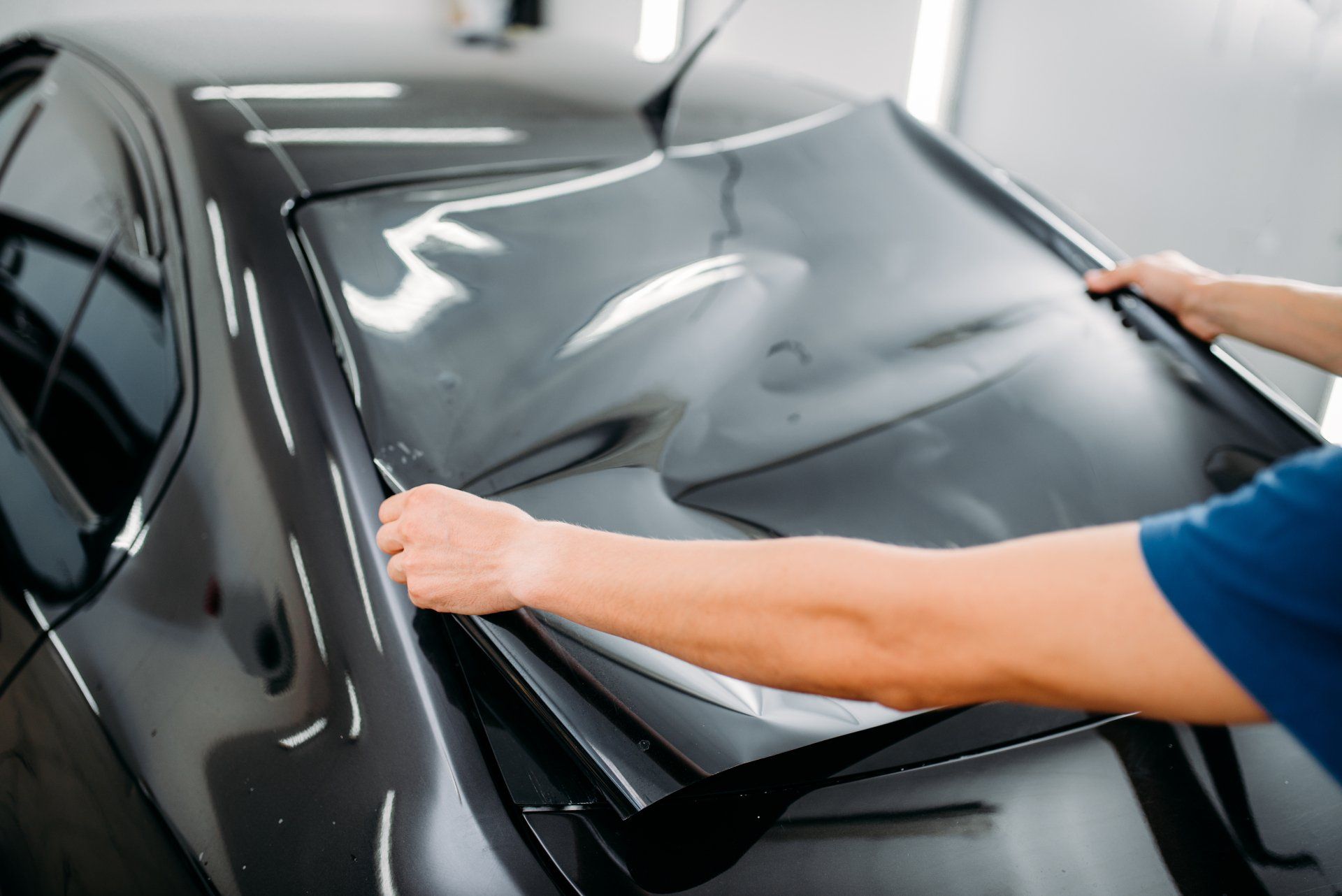How Window Tinting Can Boost Your Car's Privacy and Design
The Refine of Specialist Home Window Tinting Explained
From choosing the right movie type to the careful prep work of windows, each step plays a crucial role in achieving a perfect application. Adhering to these initial prep work, the mindful cutting and application of the film demand accuracy to stay clear of imperfections.
Selecting the Right Home Window Movie
Choosing the right window movie entails understanding different variables that influence both aesthetic charm and capability. The initial consideration is the type of movie, which can vary from dyed, metalized, to ceramic films. Dyed movies largely provide privacy and visual improvement, while metalized movies reflect warm and UV rays, enhancing power performance. Ceramic movies, although normally extra expensive, offer exceptional efficiency without endangering visibility.
Next, think about the movie's Visible Light Transmission (VLT) percent, which determines how much light enters the space. A lower VLT offers higher personal privacy and warm being rejected however may decrease natural light dramatically. In addition, the movie's solar warmth gain coefficient (SHGC) is critical; a reduced SHGC indicates far better thermal efficiency, assisting to maintain indoor convenience.

Preparing the Windows
When the suitable window movie has actually been chosen, the next step is thoroughly preparing the home windows for installment. This prep work is vital for accomplishing ideal adhesion and guaranteeing a flawless look post-installation.
The very first task entails cleaning up the home windows carefully (window tinting). A top quality glass cleanser is vital, ideally one that is ammonia-free to prevent damaging any type of window seals or tint products. Using a lint-free towel or paper towels, specialists ought to get rid of any type of dust, dust, or oil, paying special interest to the edges and edges where particles typically accumulates

Reducing the Movie
A specific approach to cutting the movie is necessary for guaranteeing an excellent fit on the prepared home windows. This step calls for both skill and attention to information, as mistakes can cause unsightly spaces or overlaps that compromise the aesthetic and functional top qualities of the tint.
Before reducing, the specialist ought to determine the window dimensions precisely, making up any special forms or contours. It is advisable to use top quality home window film, as this material has a tendency to be extra flexible throughout the reducing procedure. The movie is generally news laid level on a clean, smooth surface, and a sharp utility knife is used to ensure clean sides.
To attain optimal results, lots of specialists make use of design templates produced from previous installments or make use of software application to create specific patterns. A common technique involves adding an additional margin to the theme, permitting for adjustments during the application phase.
Furthermore, cutting the film in a controlled atmosphere lessens the threat of impurities influencing the adhesive side. By adhering to these careful methods, home window tinting professionals can make sure that the film not only fits flawlessly but also carries out efficiently in time, improving both appearance and functionality.
Applying the Color
After diligently reducing the movie to the right dimensions, the next step entails using the tint to the window surface. This procedure starts with making sure that the home window is clean and devoid of any type of dust, debris, or residues that can influence bond. A specific cleaning remedy is often made use of, adhered to by complete drying with a lint-free cloth.
As soon as the surface area is prepared, the installer will thoroughly position the color film versus the glass. It is imperative to straighten the film accurately to prevent misplacement, as any mistakes can lead to an unprofessional look. To facilitate this, the installer might utilize a light mist of application option on the adhesive side of the movie, permitting slight rearranging if required.
Making use of a squeegee, the installer will after that begin to push the film onto the glass, functioning from the center in an outward direction to get rid of air bubbles and make certain a firm bond. This strategy is critical, as it ensures a smooth and remarkable surface. Throughout the application, attention to detail is vital to avoid creases or imperfections, making sure that the tint not only boosts appearances however additionally offers the redirected here wanted functionality.
Last Inspection and Care
The last evaluation is a vital action in the window tinting procedure, guaranteeing that the installment meets both visual and functional criteria. During this stage, professionals thoroughly analyze the mounted tint for any kind of imperfections, such as bubbles, creases, or imbalances. A thorough examination also consists of examining the adherence of the film to the glass, as well as its harmony and overall look.
After the evaluation, correct treatment and upkeep instructions are offered to the client. It is necessary to educate them find out concerning the advised timeline for cleaning the colored home windows, typically recommending a wait of at the very least 1 month after installment to permit the glue to treat fully. Clients ought to be informed on suitable cleaning items and strategies, stressing the evasion of ammonia-based cleansers that can damage the tint.
Additionally, professionals should advise customers on the importance of normal upkeep to lengthen the life of the color. This includes regular checks for signs of wear or damages and reacting without delay to any type of problems. By guaranteeing an extensive final inspection and giving clear treatment guidelines, window tinting experts improve client fulfillment and the durability of their work.
Verdict
The specialist home window tinting procedure incorporates a number of important steps that ensure top quality results. Selecting the appropriate film type, preparing the windows diligently, precisely cutting the movie, and applying it with accuracy are vital for accomplishing a perfect finish. A detailed final inspection warranties that all criteria are satisfied, while correct post-installation treatment is important for maintaining the color's longevity and efficiency. Sticking to these procedures inevitably enhances both the visual charm and capability of the tinted home windows.